Table of Contents
![]()

Imagine a sleek spaceship tearing its way through deep space at 36,000 miles per hour.
Next, imagine a plate of steaming Quinoa set against a bottomless backdrop of stars and galaxies. Yeah; quinoa.
Quinoa may not be the sexiest edible plant in the grocery store, but it will almost certainly beat iceberg lettuce to the outer reaches of the solar system.
Quinoa To Go
NASA—the storied National Aeronautics and Space Administration—has dialed back the mission statement somewhat, shuttering the Shuttle program and farming its satellite-boosting biz out to private industry.

But that doesn’t mean our favorite Pocket Protector Peeps have stopped stargazing.
NASA blueprints are still being drawn up for manned interplanetary exploration, and those pioneering astronauts will need to pack enough food for the trip.
To have sustenance enough on these long interplanetary treks, the astronauts are going to need to produce food en route; optimally a foodstuff that knocks down yet another hurdle inherent to space travel—the little matter of breathing.
These future space pioneers will be packing what NASA is calling CELSS—a Controlled Ecological Life Support System. Down here on the ground we call them “plants”. Whatever they’re called, they are our ticket off world. And quinoa is shaping up to be the Neil Armstrong of grains.
To Quinoa. And Beyond!
NASA has been looking for a plant species that can be maximized as both food and onboard oxygen-producer/CO2-eater. It turns out quinoa meets these metrics, and others.

Though Quinoa in its most familiar Earthbound use is that of a seed food whose leaves and sprouts have been generally ignored, quinoa leaves and sprouts when eaten provide a seriously robust nutritive punch.
NASA’s CELSS candidate search has involved looking at such Earthbound crops through a new lens, as more than the sum of their familiar edible parts. Quinoa’s unique characteristics make it a grain crop that may also double as a leafy vegetable crop.
Quinoa: Aminos Among the Neutrinos
Quinoa seeds possess the sort of winning amino acid profile an astronaut in deep space could really use. For instance, most grain crops are a little limp where it comes to lysine content, but this essential amino acid inhabits the tiny quinoa seed in surprising quantities, as do cystine and methionine.
Qunioa also has the tip-top mineral profile that can help mitigate the bone loss that is an unfortunate side-effect of an ongoing weightless environment.
Potassium, magnesium and calcium add to quinoa’s deep-space dietary punch, and an additive bacteria is being developed in Dutch labs that will spur the NASA-issue quinoa to absorb even more of the crew’s exhaled carbon dioxide.
Quinoa: an Interstellar Root Cellar
All the constituent parts of the CELSS candidate plant are being looked at for value. Interplanetary travel is, among other things, the design struggle to optimize the very limited real estate inside a spacecraft.
To that end, if the roots, stems, leaves and seeds of the quinoa plant can be put to full use, they will be. Seed yield and volume considerations play heavily into CELSS candidate crops that have already made the nutrition cut, and quinoa produces much more per volume than meets the eye.

A crop’s efficiency in utilizing human waste as fertilizer is another consideration. And quinoa’s talent for maintaining all this space-age coolness in a hydroponic environment is also key.
To jump NASA’s high bar, the right CELSS crop has to meet these swinging nutritive and utilitarian standards without the benefit of being grown in dirt. What benefit?
Quinoa: Wonderful Life = Helpful Stress
Plants that grow in the weird, wonderful, dynamic matrix that is the living surface of the Earth will naturally undergo helpful stresses that a plant grown in an artificial NASA-optimized environment won’t.
Down here on the ground, these natural stresses actually benefit the plant’s outcome and nutritional content.

Think of the build of a boxer who has had to slug her way to the top of her game.
Living things react to stress by self-perfecting.
NASA is trying to bring the efficiency-benefits of tech to growing living food in space—without removing all struggle from the growing process.
Again, attempting to mimic nature is a fool’s game, and always has been.
As we reach for the stars, though, we can only hope—and maybe even expect—that Mother Nature will see in our search for new horizons an opportunity to strut her amazing stuff in new worlds, and smile on our fledgling efforts to spread her magic.



